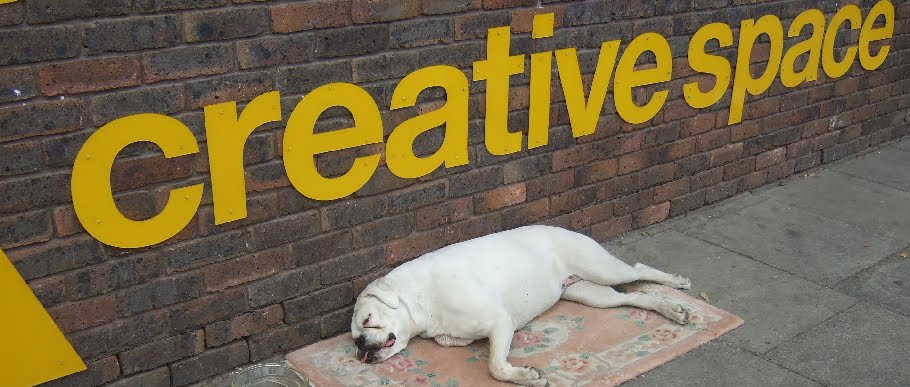The council claimed that it was down to a 'change of direction' and that the decision was 'no negative reflection' on the then chief executive; other reports variously suggested it was either a case of egos clashing, or maybe Thomas was asking too many awkward questions.
According to Thomas' profile on Linked In, his achievements in just seven months in Lewisham included undertaking 'diagnostics' in children's services, IT, information governance and financial management; 'effective oversight of a major data breach' (anyone remember hearing about this? I don't!*) and he also 'developed Transforming Lewisham discussion paper to address medium term budget gap'.
I can imagine quite a few awkward questions had to be asked in pursuit of answers to some of these.
Copyright Kingston Council
Scroll forwards to March 2019 - Thomas has a new job as chief executive of Kingston on Thames, and some prestigious letters after his name, and Lewisham council is again starting the hunt for a new chief executive.
This week's council AGM includes an item to agree the procedure for recruiting and appointing a new chief executive, and to give officers the go-ahead to start the process without delay. If the item is approved, as seems very likely, recruitment to the post will start immediately, with ads posted and an agency appointed to draw up a long list of candidates.
According to the proposed schedule, the new chief executive is not likely to be in the post until November at the earliest, possibly not even until next February. These procedures take time, candidates have to be ratified by full council, and some may have six month notice periods to work out. (Assuming anyone applies, that is, given the treatment handed out to the previous incumbent.)
But hang on a minute. Item 4.9 of the report gives a hint of what might be in the minds of those driving the new recruitment process, as can be seen in the extract below (my emphasis).
If an appointment were made, there would then be a need to obtain clearances, and for formal offer and acceptance before the successful candidate (if external) could serve notice to terminate their current employment, which may be 3 or 6 months depending on their existing contractual position. It is possible therefore, (if an external appointment were made) that a new Chief Executive may not be in post until November 2019- February 2020.
It does seem odd to mention this explicitly - surely any fool knows that an internal appointment could be in the post much quicker? Why bother mentioning it, unless of course you want to plant the idea in councillors' heads, perhaps prepare them to agree that an internal candidate would be preferable given that they could be appointed quickly and start getting on with the job.
With the cause for Thomas' departure still no clearer outside of council circles, it would seem entirely reasonable for the recruitment and appointment procedure to undergo thorough scrutiny, to iron out any potential issues that might contribute to a repeat of what Private Eye referred to as 'Lewishambles'. Given that the process is expected to cost around £35k, it is important that they get it right this time.
Luckily the premature departure of the chief executive has already been scrutinised by the council's auditors, whose 'Value for Money' report was discussed by the audit panel last week. The report by Grant Thornton refers to it as 'this undesirable turn of events' and notes how it 'consumed additional management capacity at senior level' that 'could have been utilised and directed towards the other significant challenges the Council faces, particularly given the significant issues with transformation governance that need to be addressed.'
'There may be lessons to be learnt in respect of this matter. Members should reflect on what those lessons should be and how future recruitment can be undertaken to minimise the risk of recurrence,' the auditors conclude.
So how are council officers and councillors addressing this urgent matter?
Acting chief finance officer David Austin made no mention of the comment in his report to the audit panel, other than listing it alongside the other recommendations. He certainly did not feel it needed a response. I assume he thought councillors were sure to 'reflect on what those lessons should be' without having to be told to do so.
But it's difficult to know whether such confidence in elected members is justified. The recommendation to council this week, which sets out the proposed recruitment process for this post, is almost a carbon copy of the process by which Ian Thomas was recruited.
One notable difference is that the advisory panel which will be responsible for shortlisting and interviewing candidates has been cut from nine to seven members. I have no idea what lessons this suggests members have learnt their careful reflection on what went wrong in the previous process, maybe they will enlighten the electorate at this week's meeting.
(*updated - obviously the council wasn't the only one asleep on the watch at the time https://www.localgov.co.uk/Council-warns-financial-details-of-6000-people-have-been-hacked/45818 )


























